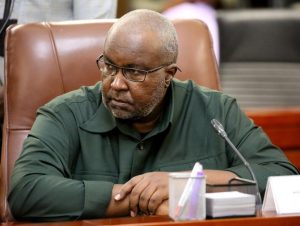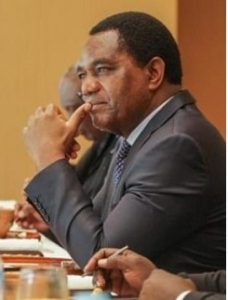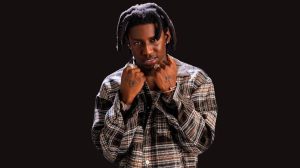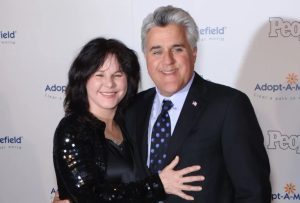Trump sprints through transition as he faces narrow window to act in office
4 min read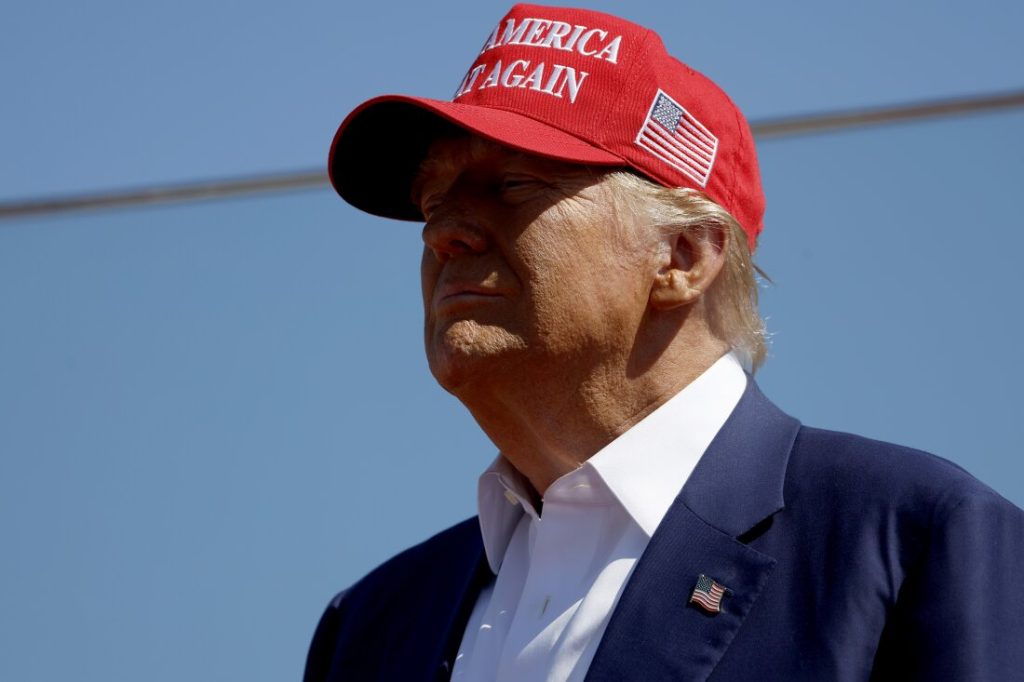
WILMINGTON, NORTH CAROLINA - SEPTEMBER 21: Former U.S. President Donald Trump speaks at a rally at the Aero Center Wilmington on September 21, 2024 in Wilmington, North Carolina. Trump is returning to Wilmington, North Carolina after his previous scheduled rally in April was canceled because of a thunderstorm. (Photo by Anna Moneymaker/Getty Images)
Three weeks into Donald Trump’s second term as president-elect, his transition to the White House appears very different from his first. In 2016, Trump was unprepared for victory, with just four Cabinet nominations made by this time. Operating out of Trump Tower in New York, the process was a spectacle, with Republican leaders, political veterans, business figures, and loyalists all vying for his attention. This led to a chaotic process filled with intrigue and drama, setting the tone for an administration characterized by internal conflicts and surprise appointments.
This time around, however, Trump is handling his transition with more discretion and efficiency from his Palm Beach estate. Unlike in 2016, he has swiftly appointed many top officials, filling key roles by Thanksgiving. When one nominee, former Florida Rep. Matt Gaetz, faltered due to allegations of sexual misconduct, Trump quickly replaced him with another loyalist, Pam Bondi, the former attorney general of Florida.
While Trump has engaged in some public appearances, such as attending a UFC match and meeting with congressional Republicans and President Joe Biden, he has mainly focused on reviewing potential candidates for his administration. Allies say this more focused Trump is emboldened by his electoral win and confident in his understanding of executive power, gained during his first term. He is keenly aware of the short window to act, especially since his ability to pass legislation will be limited by Congress’s slow pace, even with Republicans controlling both chambers.
Trump’s allies emphasize that the administration has just a two-year window to achieve its goals. “If you’re not moving at breakneck speed, you shouldn’t be part of this administration,” said Brian Ballard, a lobbyist close to Trump. Senate Republicans are under pressure to confirm key appointees quickly, ideally before or right after Trump’s inauguration.
Some of Trump’s nominations have raised eyebrows. Matt Gaetz withdrew his name for attorney general amid allegations of sexual misconduct, but Trump’s other picks have their own controversies. Former Fox News host Pete Hegseth, tapped for Defense secretary, has faced past accusations of sexual assault, which he denies. Linda McMahon, co-founder of the WWE, who is nominated for Education secretary, is involved in a lawsuit alleging her role in enabling child sexual exploitation within the company during the 1980s. Both Hegseth and McMahon have denied the allegations.
Conflicting ideologies are also evident in Trump’s Cabinet picks. For instance, billionaire financiers Howard Lutnick and Scott Bessent, who have opposing views on tariffs, are both appointed to major positions — Lutnick as Secretary of Commerce and Bessent as Treasury Secretary. Florida Senator Marco Rubio, who has clashed with former Hawaii Representative Tulsi Gabbard over her stance on Ukraine, is set to work alongside her in the foreign policy team. Gabbard will be Secretary of State, while Rubio will serve as Director of National Intelligence.
Trump’s unconventional choices extend to his health-related appointments. He has tapped Robert F. Kennedy Jr., known for his environmental advocacy and past support for abortion rights, to lead the Department of Health and Human Services. Trump’s health team also includes TV personalities like Dr. Mehmet Oz as administrator of the Centers for Medicare and Medicaid Services and Dr. Janette Nesheiwat as Surgeon General. These picks have drawn mixed reactions, but Trump’s team argues that they are loyal to the president and committed to his agenda of shaking up Washington.
Supporters stress that Trump’s fast pace is intentional. “He knows exactly what he needs, and he knows who he wants to put in those positions,” said Oklahoma Senator Markwayne Mullin. Trump is not just appointing people based on ideological alignment but prioritizing loyalty and a shared commitment to his agenda. This has led to a fast-moving transition, unlike typical Washington handovers.
Despite the rapid pace, the transition has not been without complications. Trump’s team delayed some typical processes, including agreements with the General Services Administration, raising concerns from Democrats and watchdog groups about the potential for conflicts of interest. Trump’s picks, many of whom have vast personal wealth and deep ties to the private sector, have been scrutinized for potential conflicts. Additionally, Trump has chosen not to undergo FBI background checks for some nominees, relying instead on internal vetting.
Trump’s supporters dismiss concerns over background checks, arguing that the public cares more about fulfilling the president’s mandate than about procedural details. “What the American public cares about is to see the mandate that they voted in delivered upon,” said Tennessee Senator Bill Hagerty.
As the transition progresses, Trump is already setting the stage for his presidency. He has threatened tariffs against North American allies like Mexico and Canada, as well as China, in an effort to pressure them on his border policies. World leaders and business figures are bracing for the tumultuous and combative style that characterized his first term.
Veteran lobbyist Nick Iarossi has warned that Washington should prepare for significant change. “This isn’t going to be the typical slow-moving, Washington-establishment type administration,” he said. Trump’s second presidency promises to be a fast-paced and potentially disruptive period for the nation’s capital.


